If you’re struggling with deep joint pain, catching, or a locking sensation in your hip or shoulder, you may be dealing with a labral tear. At The PT Zone, our specialized care helps you address the discomfort and movement limitations that come with these often challenging injuries.
- Decrease inflammation within the joint
- Restore proper joint alignment and stability
- Enhance mobility to reduce pain and catching
- Strengthen supportive muscles for long-term resilience
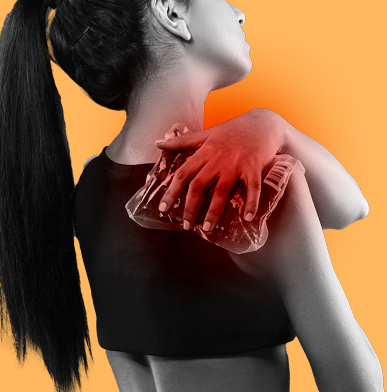
Get Back to Smooth, Pain-Free Movement
A labral tear involves damage to the cartilage rim—or labrum—that cushions and stabilizes either your hip or shoulder joint. In the hip, the labrum deepens the socket to keep the head of your femur in place, while in the shoulder, it provides a secure socket for the head of your humerus. When this specialized cartilage is torn due to repetitive stress, sudden trauma, or degenerative changes, it can lead to joint instability, pain, and a “clicking” or “locking” sensation. At The PT Zone, we recognize that these tears can severely limit your daily activities, from walking and climbing stairs to lifting, reaching, or even just sleeping comfortably.
Our therapy approach focuses on multiple fronts, starting with targeted techniques to alleviate pain and inflammation. Through hands-on work, we help restore proper alignment in the joint, minimizing friction that can worsen your symptoms. Next, we progress to personalized exercises aimed at strengthening the muscles responsible for stabilizing the hip or shoulder, ensuring your joint has the support it needs to move smoothly without putting undue stress on the injured labrum. Additionally, we address any biomechanical issues—like improper gait, poor posture, or weak core engagement—that might exacerbate the tear.
As you move through each stage of recovery, we gradually introduce more advanced activities that mirror the demands of your daily life or sports. By retraining your body to distribute forces evenly, you can reduce the likelihood of re-injury and improve overall joint function. Throughout the process, we also emphasize education: identifying ways to modify your movements or routines to protect the labrum while it heals. With consistent guidance and a commitment to your personalized plan, you can find relief from the grinding or locking sensations and regain the confidence to move with ease—whether that means returning to the gym or just enjoying daily tasks without pain.
Our Therapies for Labral Tear Recovery:
Below is a selection of services designed to address labral tears, support healing, and restore natural joint motion for your hip or shoulder.
-
Balance Training
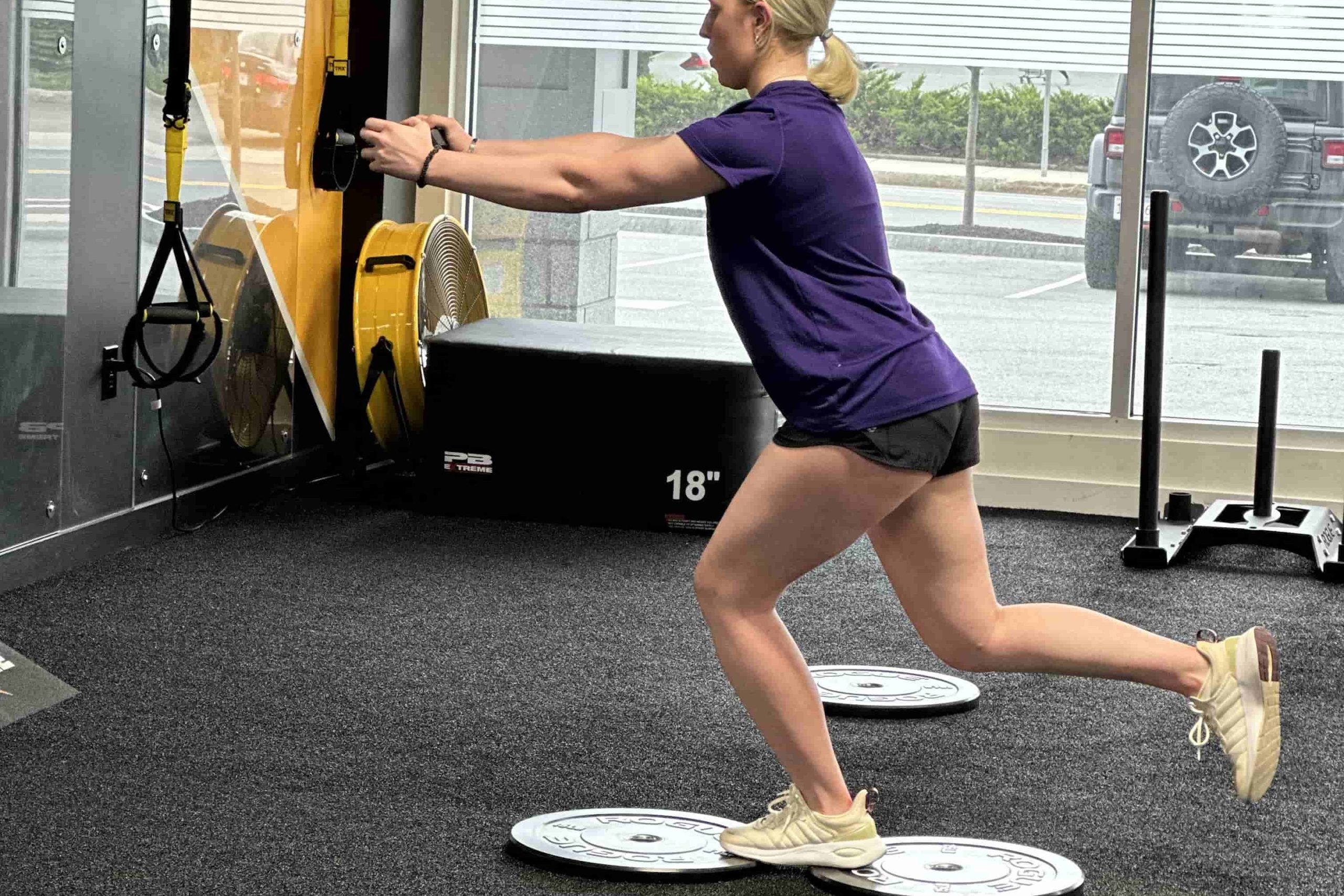
Balance Training is a specialized approach that strengthens stabilizing muscles, enhances coordination, and reduces fall risks, ultimately improving posture and promoting confident movement.
-
Certified Manual Therapy
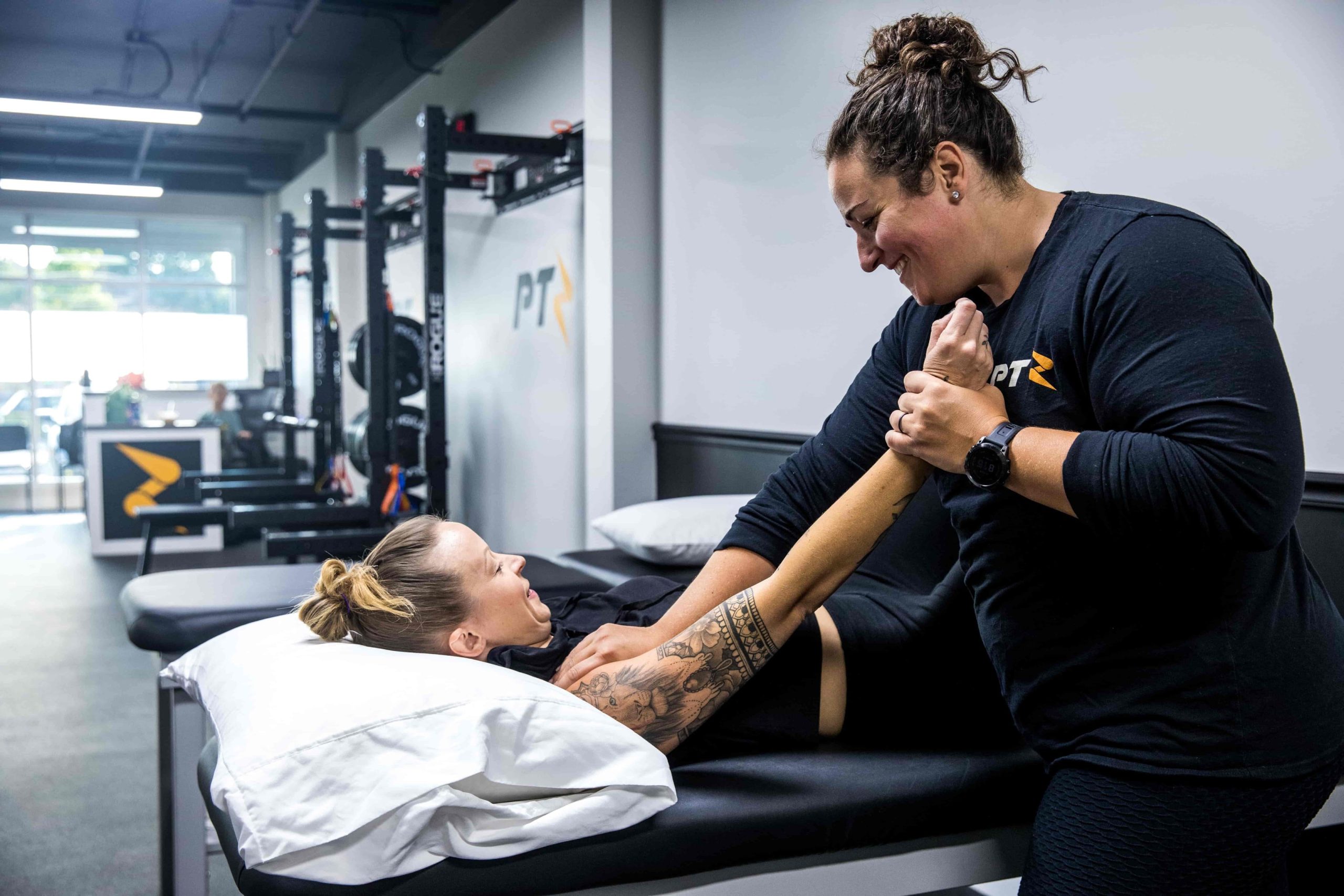
Certified Manual Therapy is a hands-on approach that addresses joint, muscle, and connective tissue dysfunction, reducing pain, improving alignment, and promoting faster, more efficient recovery.
-
Cupping

Cupping therapy is an ancient healing technique that uses suction to enhance circulation, relieve muscle tension, and promote the body’s natural recovery process.
-
Dry Needling
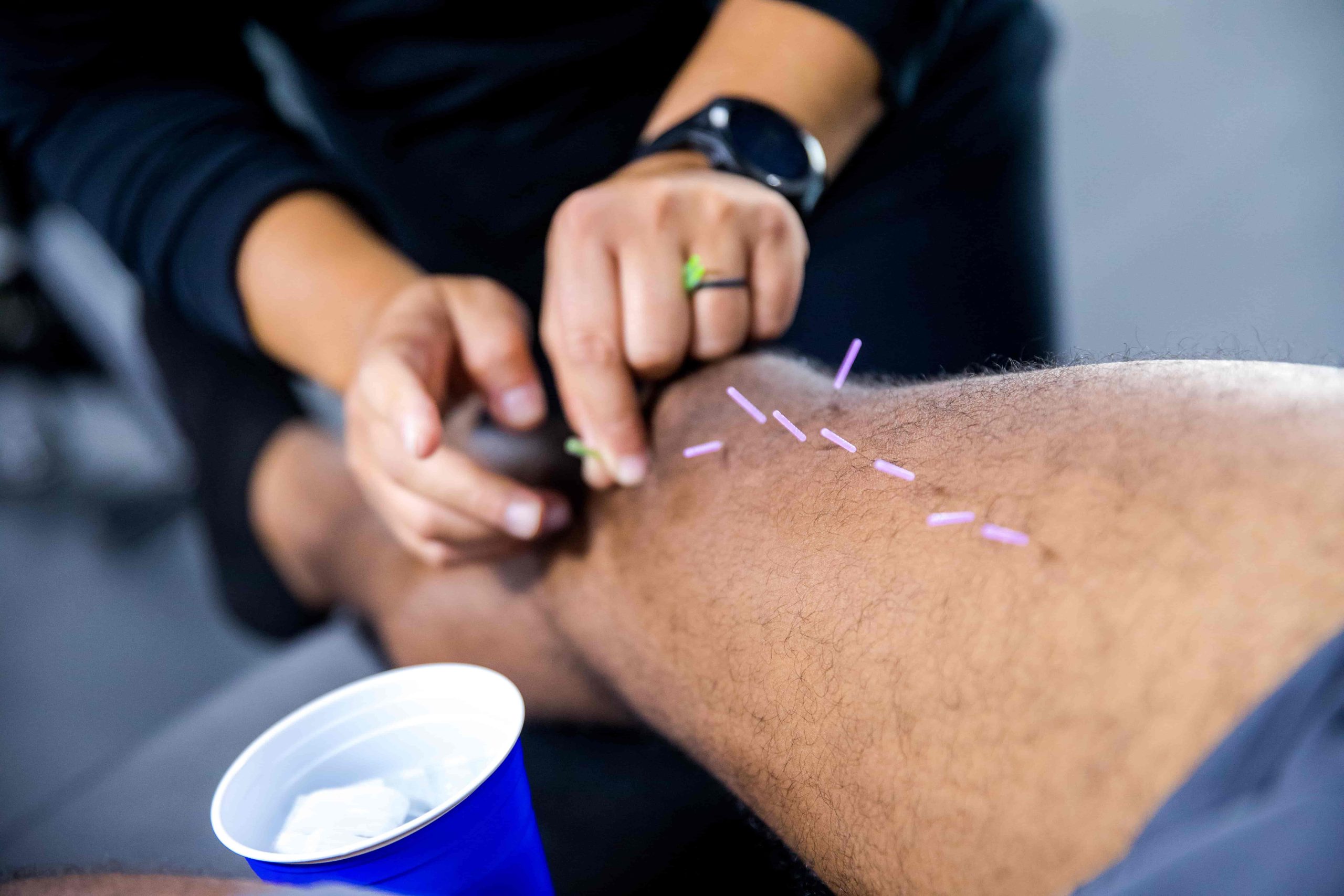
Dry needling is a modern therapy that targets muscle trigger points with thin needles to relieve pain, reduce tension, and restore mobility.
-
Gait Training
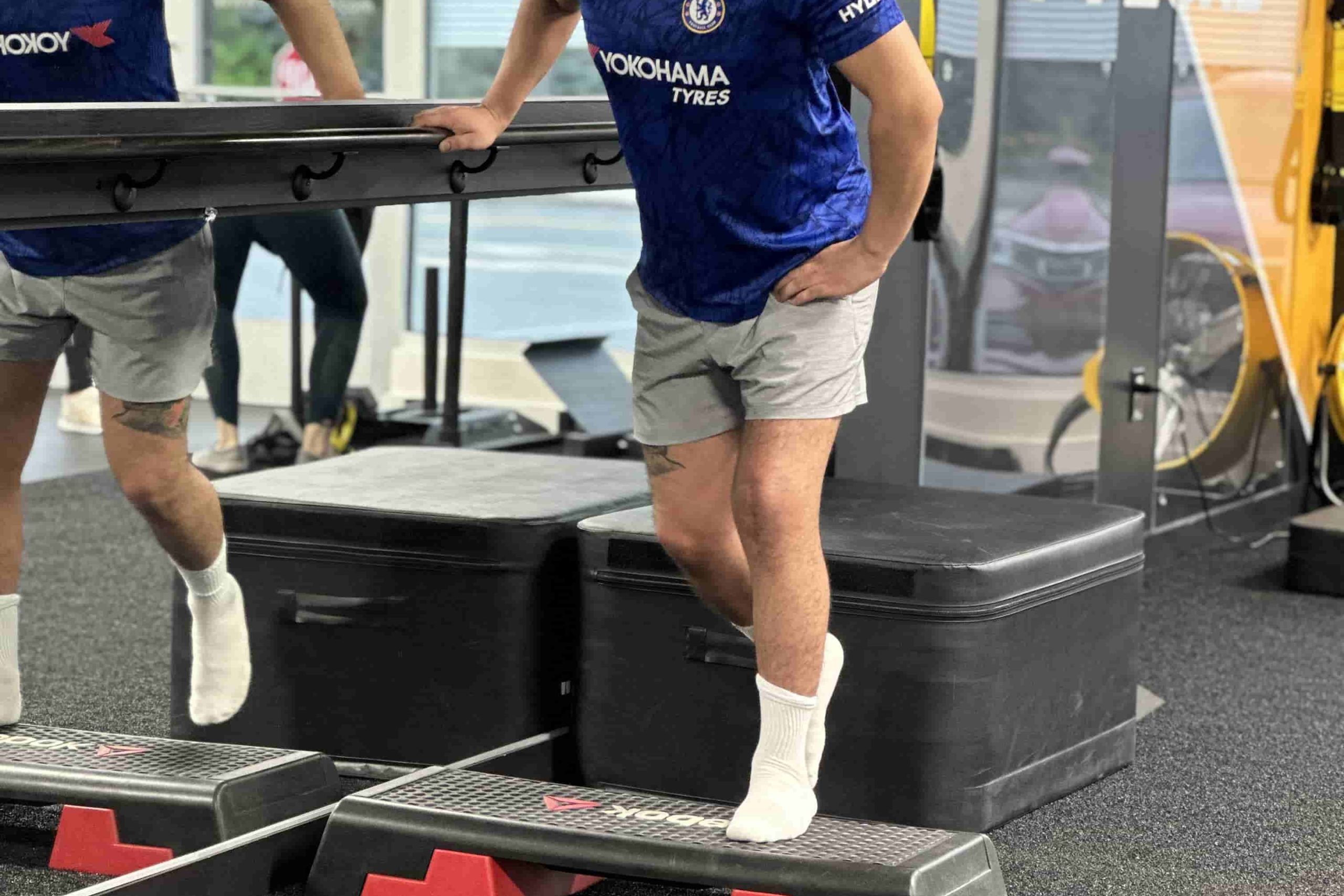
Gait Training is a specialized approach that enhances walking mechanics, improves lower-limb strength, and reduces re-injury risks, ultimately promoting more efficient movement.
-
Graston Technique

Graston Technique is a specialized manual therapy that uses stainless steel instruments to break down scar tissue, improve mobility, and accelerate healing.
-
Kinesiotaping
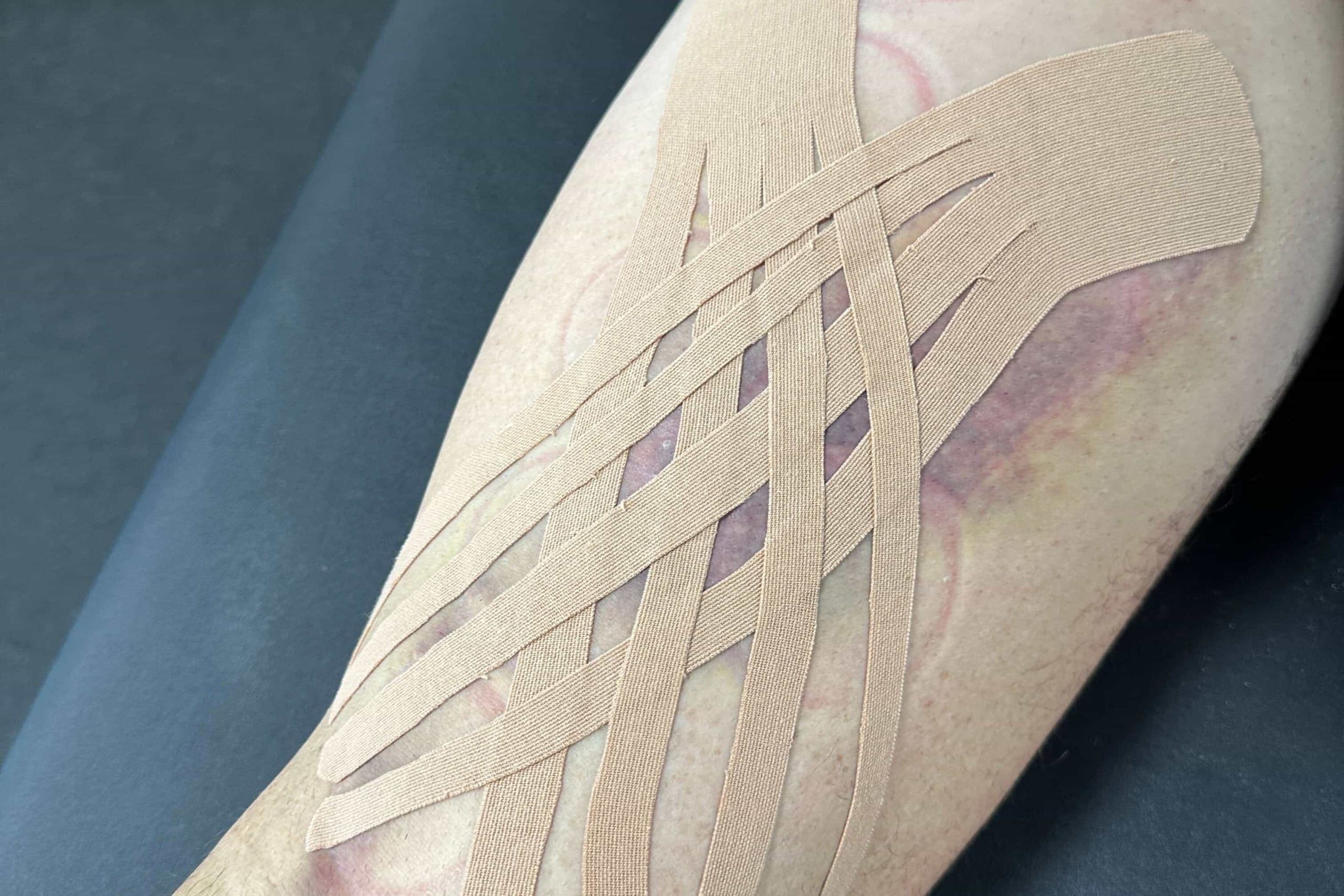
Kinesiotaping is a flexible taping method that provides gentle support, improves circulation, and helps maintain natural movement for a more comfortable and effective recovery.
-
Manual Traction
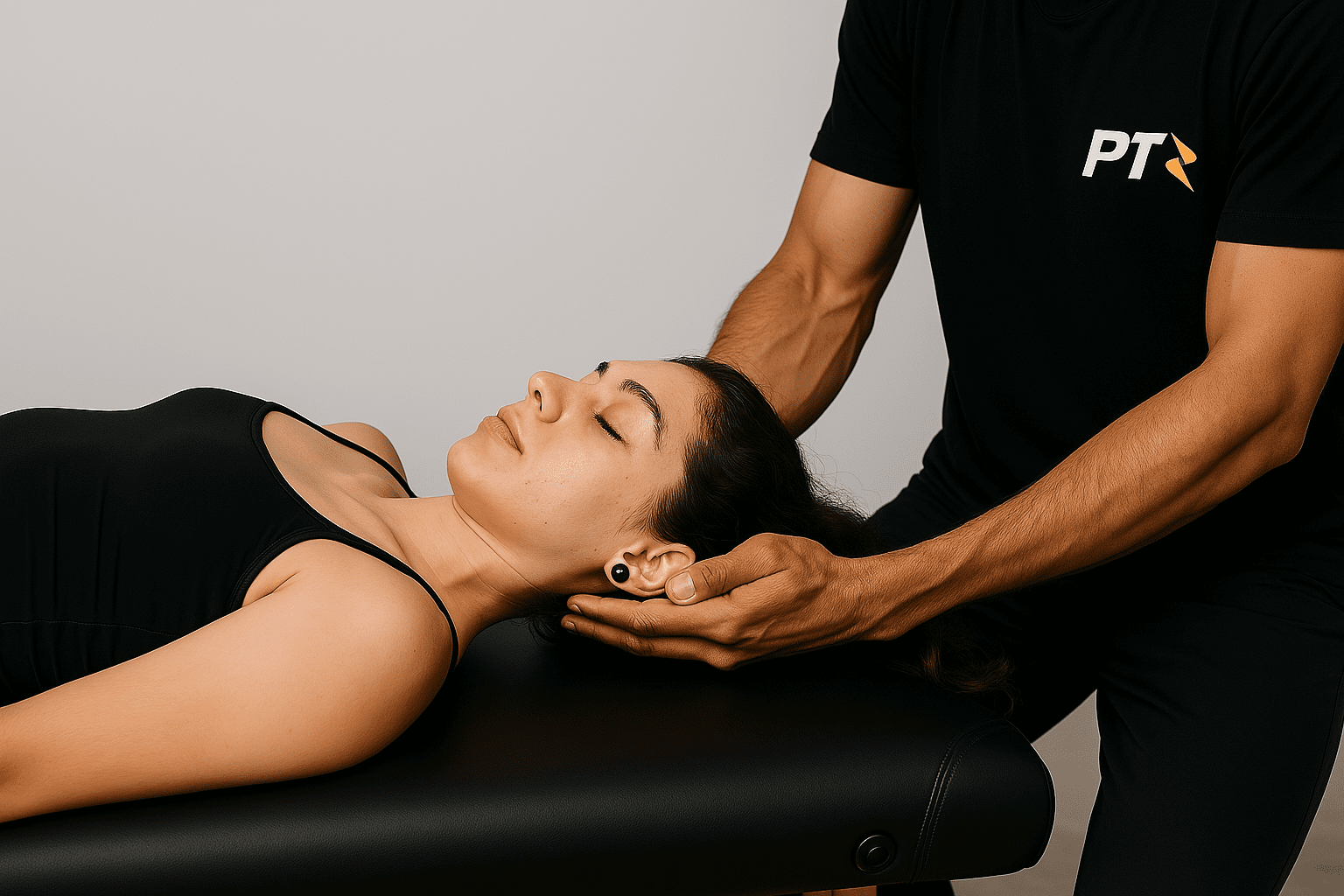
Manual Traction is a gentle, hands-on method used to decompress the spine, relieve pressure on discs and nerves, and improve overall comfort and mobility.
-
Post-Surgical Rehab
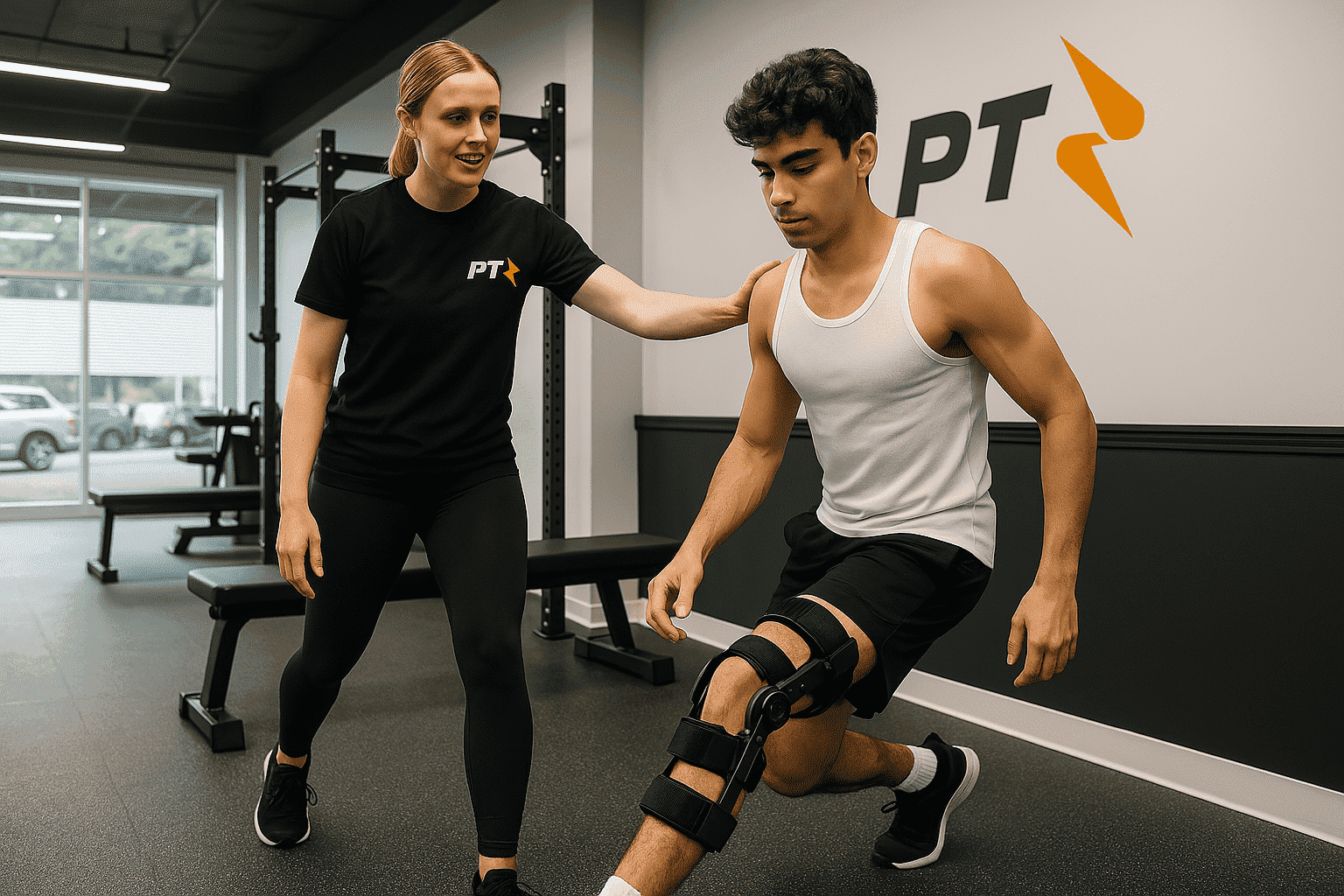
Post-Surgical Rehab is a structured recovery process designed to restore mobility, manage pain, and rebuild strength after surgery, ensuring a safer and faster return to your everyday activities or sports.
-
Physical Therapy for Weightlifters & CrossFit
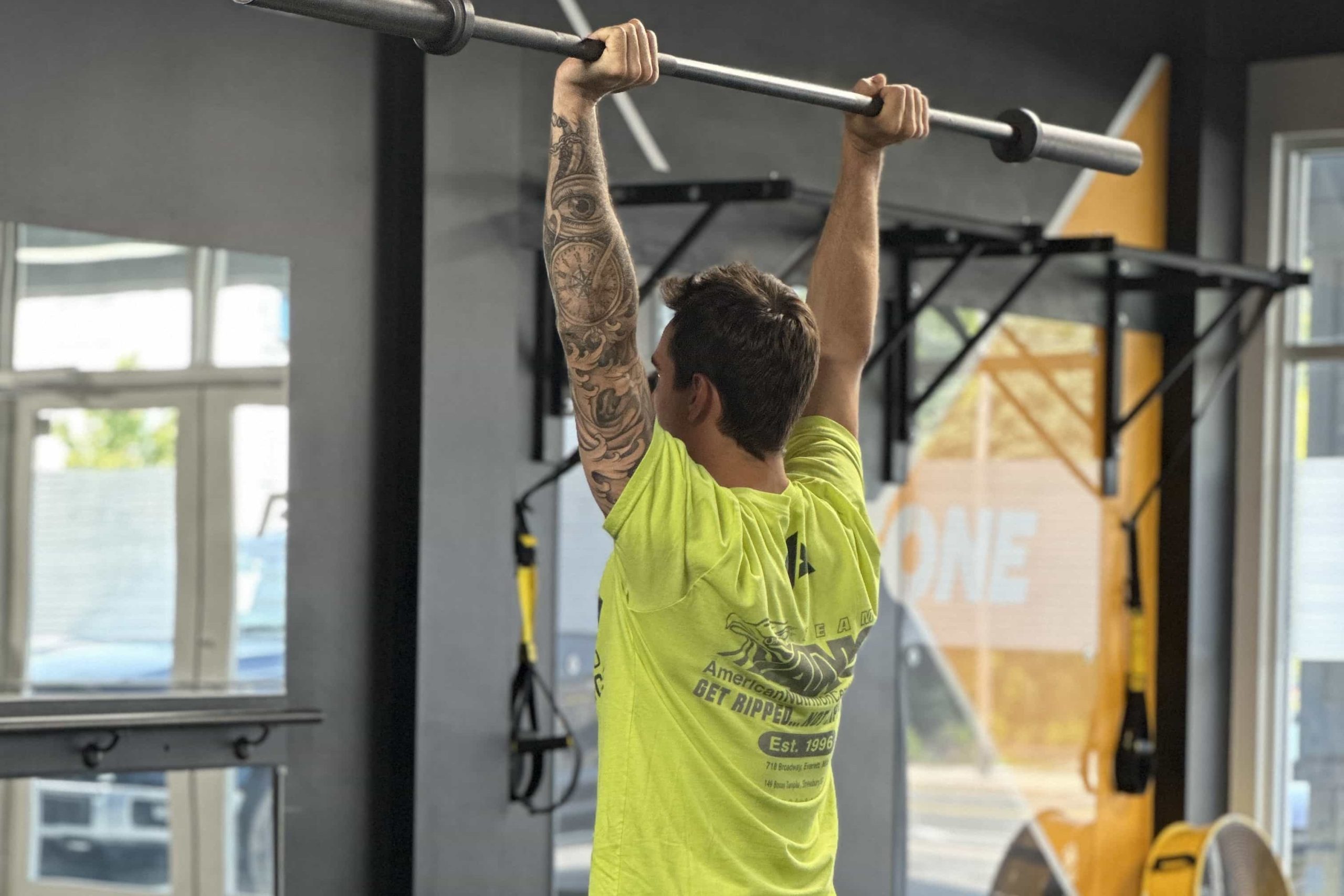
Physical Therapy for Weightlifters & CrossFit focuses on proper lifting mechanics, correcting muscle imbalances, and managing stress on joints to prevent pain, accelerate recovery, and enhance overall strength gains.
-
Physical Therapy For Runners
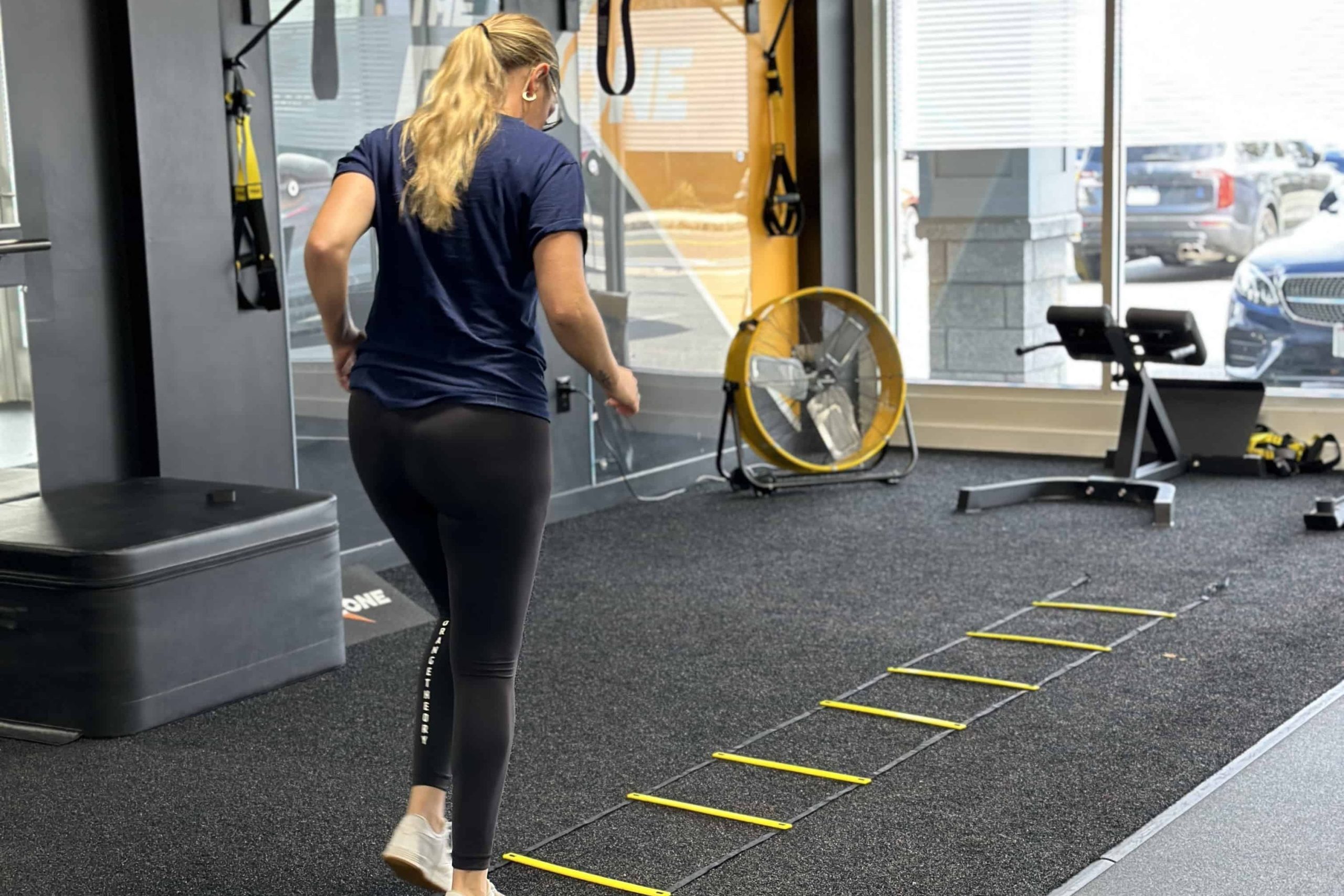
Physical Therapy for Runners focuses on refining running form, addressing muscle imbalances, and enhancing lower-limb stability to prevent injuries and boost performance.
-
Neuromuscular Massage Therapy
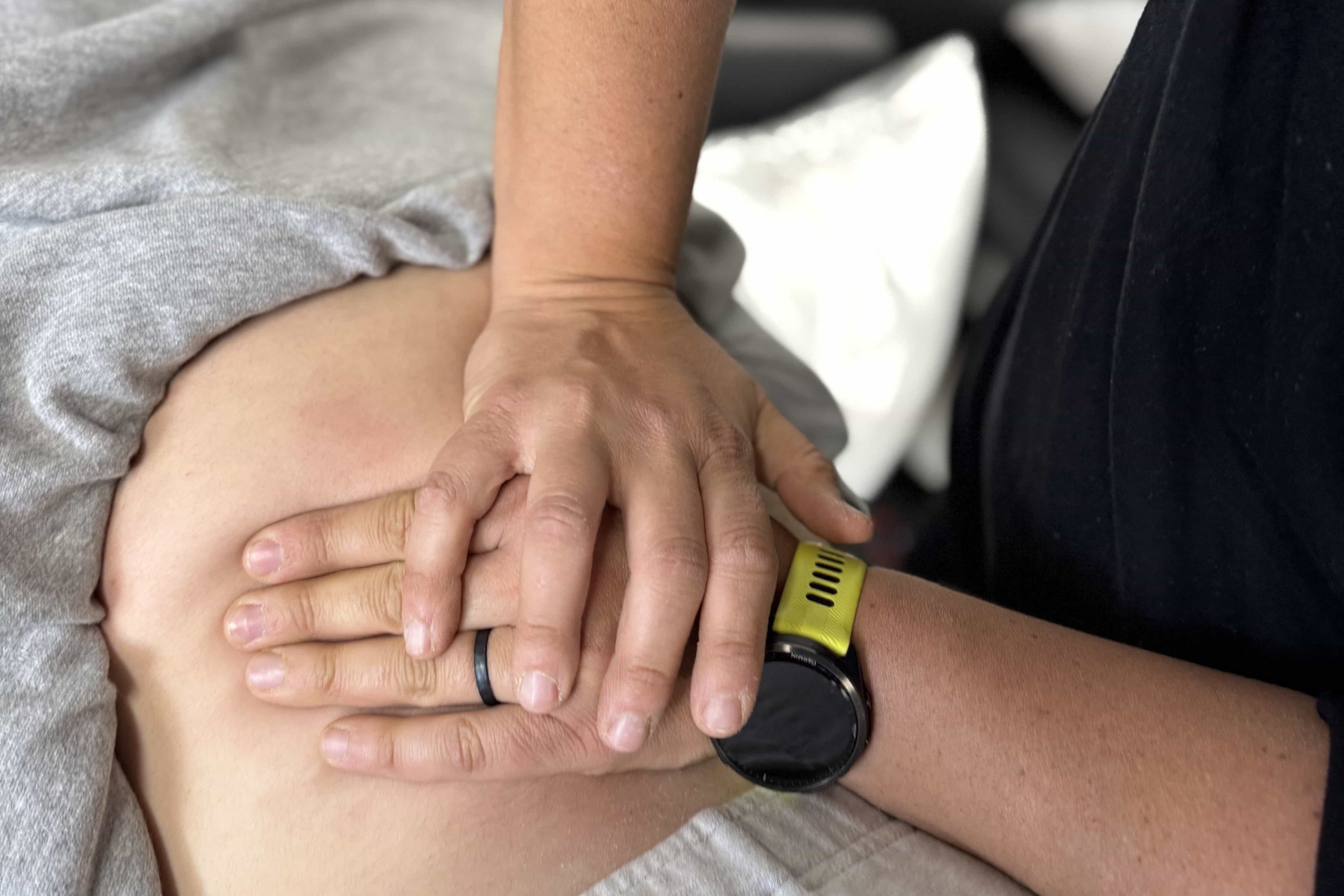
Neuromuscular Massage Therapy (NMT) precisely targets trigger points in muscles and connective tissues, relieving tension, restoring proper function, and promoting long-term pain relief.

At The PT Zone, we’re committed to helping you achieve long-term relief and restore your ability to move freely and without pain.
Our comprehensive, individualized approach ensures that every stage of your rehabilitation is carefully designed to address the unique demands of a labral tear. Let us guide you toward renewed strength, stability, and a return to the activities you love.
Common Questions from Labral Tear Clients
1. How do I know if my hip or shoulder pain is from a labral tear?
Labral tears often present with a deep ache, sensation of catching, or a locking feeling within the joint. Certain movements, like lifting your arm overhead or twisting your leg outward, might trigger sharp pain. While imaging studies (such as an MRI) can confirm a tear, a thorough physical exam is often the starting point for diagnosis. Physical therapists use specific tests to see if the pain or catching is consistent with labral damage, guiding you toward an accurate treatment plan.
2. Do labral tears always require surgery?
Not necessarily. Many mild-to-moderate labral tears respond well to conservative management, such as physical therapy, activity modifications, and targeted exercises to stabilize the joint. Surgery is typically reserved for more severe tears or when conservative approaches fail to relieve symptoms. If surgery is recommended, pre- and post-operative rehabilitation can significantly improve outcomes, ensuring a smoother return to normal activities. Ultimately, a thorough assessment helps determine whether non-surgical or surgical options are best.
3. How long does it take to recover from a labral tear?
Recovery timelines vary depending on the tear’s severity, your overall health, and your adherence to a rehabilitation plan. Conservative treatment may yield noticeable improvement within a few weeks, but it can take months to fully restore joint stability and range of motion. Post-surgical rehab often involves a structured progression over several months before resuming high-level activities. Consistent, guided exercises and avoiding aggravating movements typically speed recovery and reduce the likelihood of re-injury.
4. Can I still exercise with a labral tear, or should I rest completely?
Complete rest is rarely beneficial unless your healthcare provider specifically recommends it. Under professional supervision, controlled activity and therapeutic exercises are usually part of an effective recovery process, as they help maintain muscle tone and joint circulation. However, certain high-impact or twisting movements that stress the labrum may need to be avoided or modified initially. A physical therapist will guide you toward safe exercises that build stability without risking further injury.
5. Are there any preventative measures to avoid labral tears?
Maintaining good joint mechanics is key to preventing labral injuries. This includes regular strength training for the muscles surrounding the hip or shoulder, focusing on core stability, and practicing proper exercise form. Gradually increasing the intensity and duration of physical activities can reduce undue stress on the labrum. Additionally, being mindful of repetitive motions or awkward positions in everyday life, such as prolonged sitting or overhead reaching, can help preserve joint integrity over the long term.
6. Will a labral tear always show up on an MRI?
While MRI scans, especially those with contrast (MR arthrogram), are quite sensitive for detecting labral injuries, they aren’t infallible. Some small or partial tears may not be clearly visible. In these cases, clinical assessments—including special tests performed by a physical therapist or physician—are crucial in identifying potential labral damage. If imaging is inconclusive, a diagnostic arthroscopy can provide a definitive look inside the joint, though this step is usually reserved for cases where other methods fail to explain persistent symptoms.
7. How can physical therapy help me avoid future labral issues?
A comprehensive rehabilitation plan doesn’t just address the present tear—it also equips you with tools to protect your joints moving forward. By improving muscle balance, optimizing movement patterns, and enhancing proprioception, you reduce excessive strain on the labrum. Ongoing exercises can reinforce joint stability, helping to prevent re-injury. Additionally, physical therapists often offer guidance on posture, ergonomic setups, and modifications to daily tasks, ensuring that you maintain healthier, safer habits in the long run.















